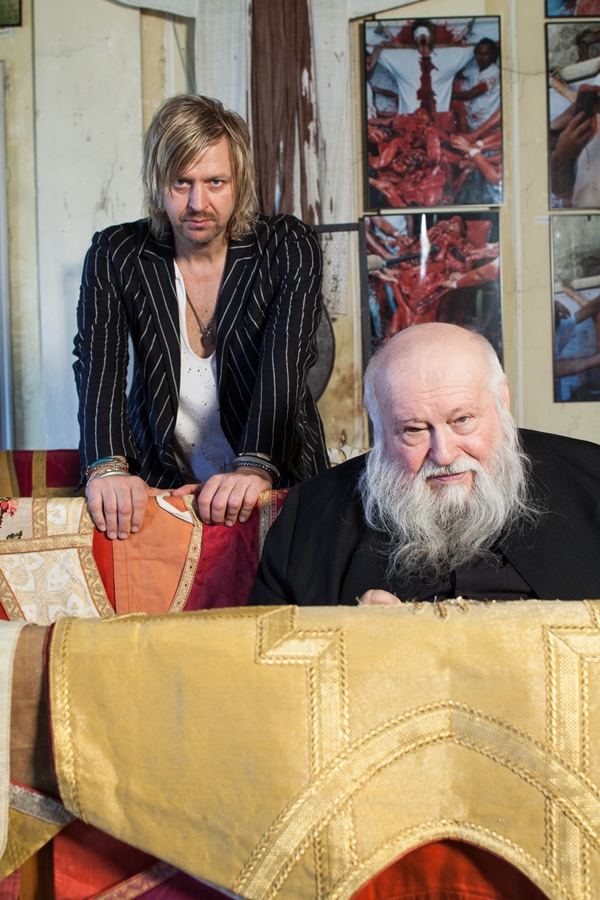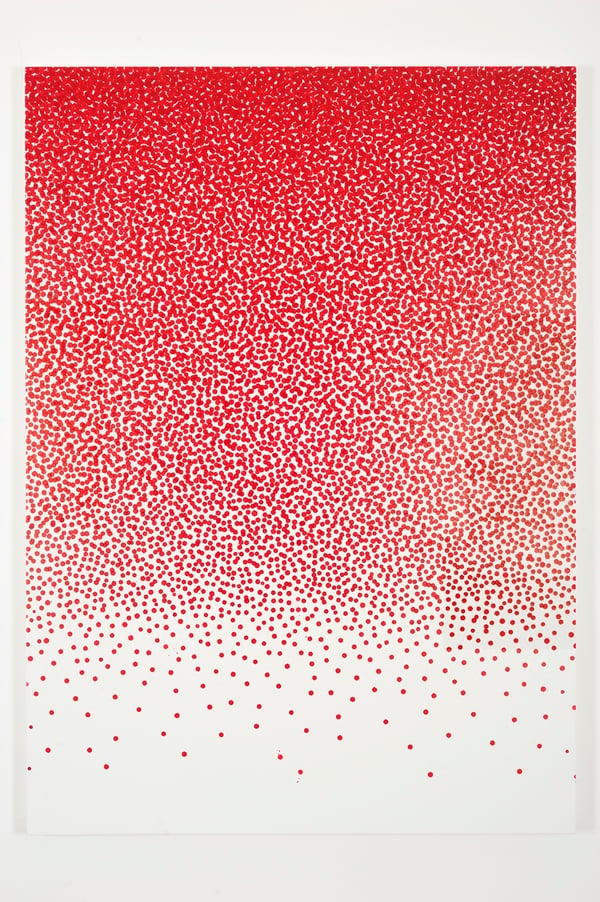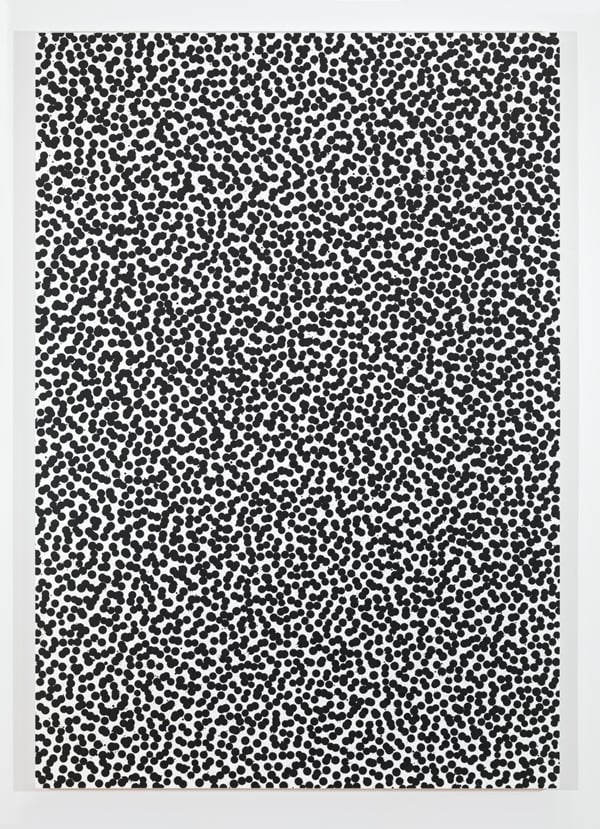Art & Exhibitions
artnet Asks: Piotr Uklański
The artist says he has trouble remembering but loves T-shirts.

Photo by Wolfgang Thaler.
The artist says he has trouble remembering but loves T-shirts.

Christie Chu

Piotr Uklański burst onto the art scene in the mid-1990s with his career-defining work Untitled (Dance Floor) (1996). A neon-colored sculpture, which aesthetically nods to the grid-like structures of minimalism, it physically represents a site for communal enjoyment and recreational release.
A few years later, Uklański’s controversial photographic series titled “The Nazis” (1998)—film stills of actors portraying Nazis—caused an uproar when it was originally exhibited at The Photographers’ Gallery in London.
Judging from a wide array of work that includes painting, photography, installation, and feature film, the serious yet tongue-in-cheek artist has a lot to say about society and his position within it.
Uklański was born in Warsaw and completed his MFA in New York at The Cooper Union for the Advancement of Science and Art.

Piotr Uklański, Tears of Blood (2011).
Photo courtesy of the artist.
Could you tell us a little bit about how your “blood” or “ink drop” paintings came to fruition?
This series began in 2007, when I was preparing my “Biało Czerwona (White-Red)” exhibition—as part of a meditation on national identity politics. The original palette of red and white obviously evokes the colors of the Polish flag, while also alluding to the splatter of blood (whether cinematic or “real”).
Since that time, the paintings have changed and evolved—they are not as chromatically or thematically limited as the first ones I made. Those were all named for specific battles in the Warsaw Uprising of 1944 (it is the 70th anniversary of the uprising this year). As these works are time consuming to make and require an obsessive attention to detail, I have really come to see them as a reflection on the passage of time and the inevitable end.
How do these paintings fit into the body of your other works, thematically and visually?
While it might be tempting to connect these paintings to the cinematic aspect of my work, whether in the tradition of the European Western that you can see in my film Summer Love or in the genre of exploitation that my work The Nazis draws upon, as I said above, they have come to represent the passage of time.
Your work spans a wide array of visual media, from installations and large-scale paper reliefs to painting, photography, and a feature-length film. Which medium was your original love? How did your work progress?
From Boltanski to Polanski then Uklański.
Does having roots in Warsaw affect your approach to art? If so, how?
I don’t think there’s a way around it. The place of your origin always stays in you, no matter how you wish to deal with it. At the same time, I find discussing the issues of national identity less and less interesting in terms of art—history is a different story. It seems that now it has become solely a public relations term in terms of national pavilions, international quotas at biennials, and so on.
Warsaw and New York are two metropolises, what were the similarities and differences you experienced as an artist living in these cities?
Maybe Godard captured the difference most efficiently: “Europe has memories, America has T-shirts.” Yet, as I get older, I have trouble remembering, and I love T-shirts.

Piotr Uklański, Blood is the New Black (2012).
Photo courtesy of the artist.
“Piotr Uklański” will be on view at Dallas Contemporary from September 21 through December 22, 2014.